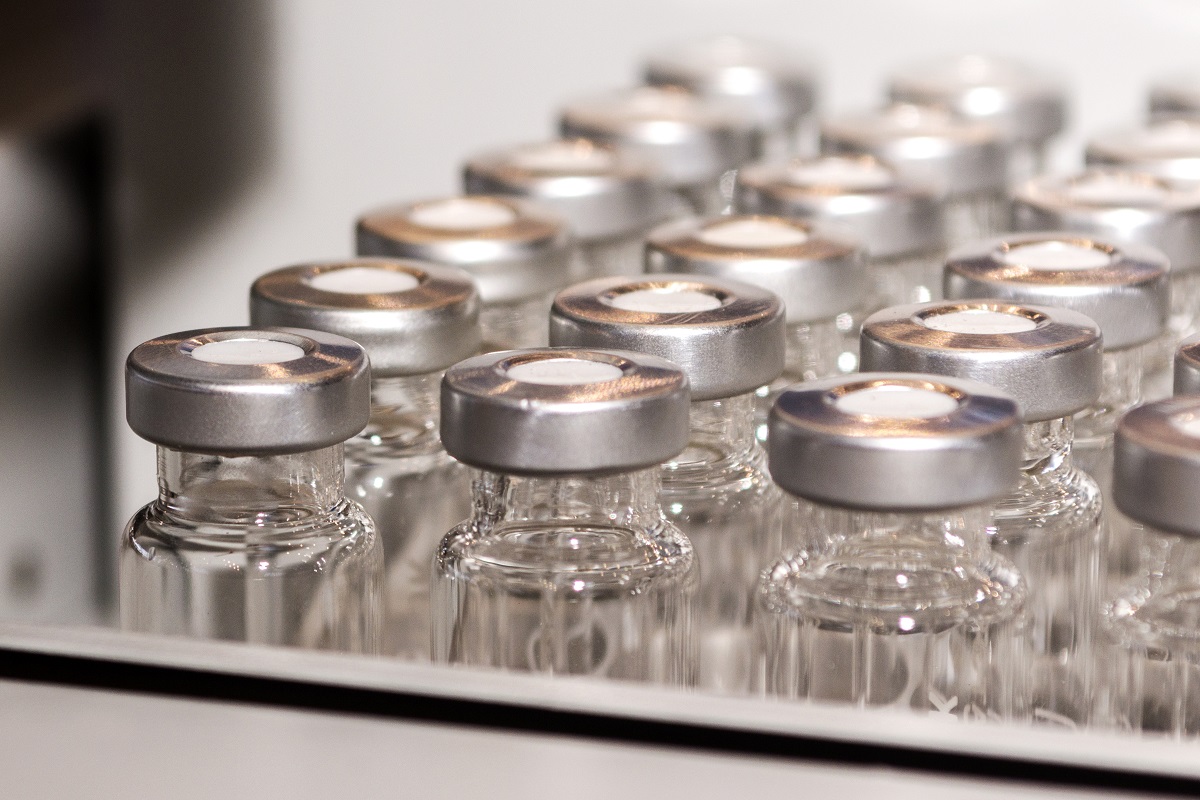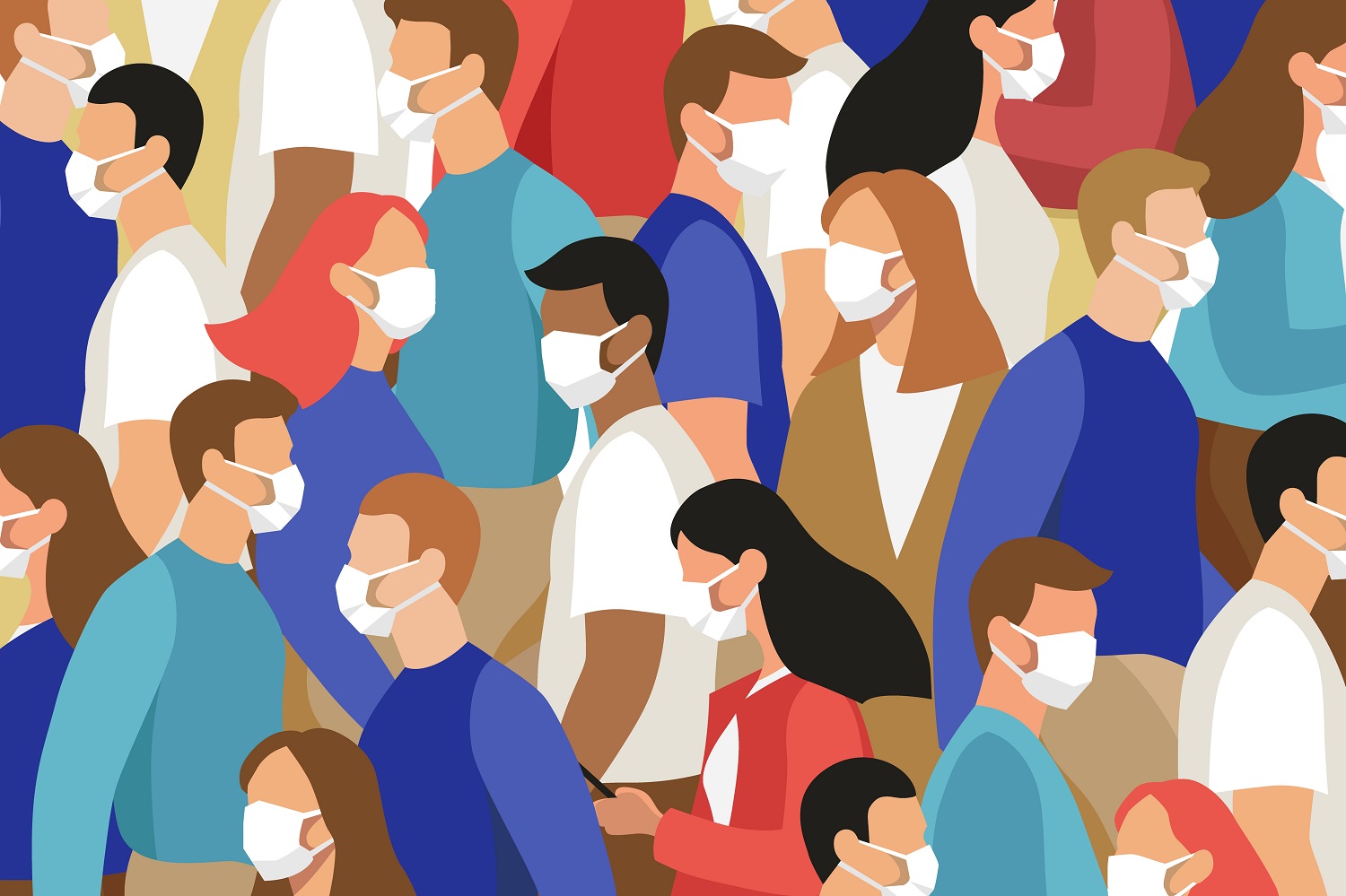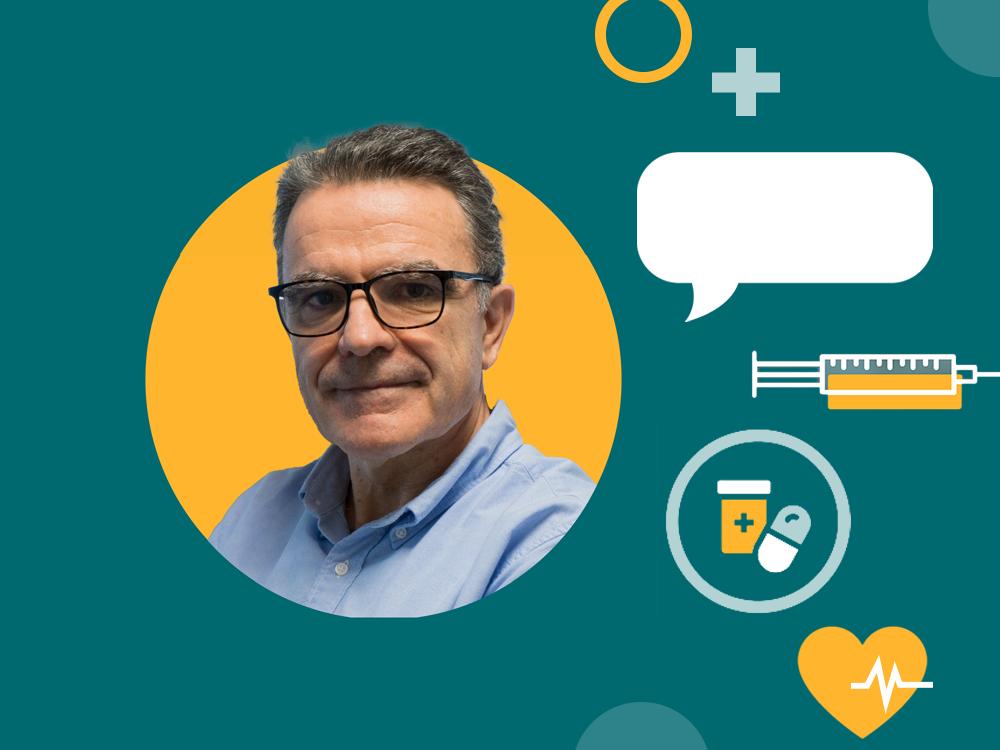By now we are familiar with the stories about the heroic endurance and sacrifice of health workers worldwide. These stories have helped garner widespread political commitments for “equitable distribution” of vaccines. It has been widely accepted globally that frontline healthcare workers should be among the first to receive the first COVID vaccines, when an effective, affordable, and acceptable one is developed.
Indeed, COVAX, a global effort to accelerate discovery and production of the COVID vaccine organized by Coalition for Epidemic Preparedness Innovations (CEPI), the Global Alliance for Vaccine Innovation (GAVI), and the World Health Organization, now has 80 countries participating and the initial aim of making ”2 billion doses available by the end of 2021, which should be enough to protect high risk and vulnerable people, as well as frontline healthcare workers.”
Though framed as a moral decision, there are practical justifications for prioritizing healthcare workers as well. Protecting the health workforce and eliminating fears about seeking care is critical not only to effectively combatting the pandemic but to ending the disruptions to essential services like prenatal care, immunizations, and treatment for chronic conditions like tuberculosis and HIV.
While the plan has gained wide consensus, the devil is in the details. Healthcare providers, particularly in low- and middle-income countries, are a diverse, fragmented, and loosely regulated population. This is particularly important from an equity standpoint—those who serve the poor are the most informal and dispersed. They are drug vendors (“pharmacists”), traditional healers, community health workers, and “village doctors.” They are trusted, they are present, and they are focused on those for whom formal services may be too far, too expensive, or too intimidating.
Will the COVID vaccine plans prioritize them?
Community health workers worldwide are the first point of care for pregnant women, infants, and young children. Most are themselves women from rural and urban communities. Yet they have been called the “invisible cadre” because they often are not well captured or even quantified by health ministry tracking systems and registries. Does equitable distribution apply to them as well, or only to the doctors and nurses working in hospitals and clinics who are officially designated as health workers?
As an example, let’s examine the situation in one such country, Bangladesh. The country’s gains in health outcomes such as immunization and reducing child and maternal mortality, summarized as “good health at low cost,” are often attributed to a pluralistic healthcare system. The government of Bangladesh’s public healthcare system is complemented by private and non-profit providers, most of whom are not recognized by the official health system. Large nongovernmental organizations (NGOs) like BRAC have extensive local presence through community health workers, who offer basic essential health services and provide a crucial linkage to public facilities, immunization campaigns, and tuberculosis. BRAC’s health workforce, for example, is composed of 40,000 women serving their local communities, most of whom completed 8–10 years of school and received all of their health training from BRAC’s small team of medical professionals.
Throughout the pandemic, they have helped combat panic caused by dangerous rumors, checked up on suspected COVID cases, connected them to specialists when needed through telemedicine from their home, and provided credible information about the disease and services. Like health workers in many countries, they have faced stigma. BRAC instituted a special bonus system to recognize the additional work the pandemic required from them, as well as developing new training materials on safety measures and providing PPE.
During the mass influx of Rohingya refugees in 2017, the hyper-densely populated camp faced cholera outbreak. Within six weeks, almost one million refugees were vaccinated with the help of community health workers, volunteers, and community mobilizers, supported by NGOs. Only a handful of residents of the camp died due to the outbreak, but the contribution of those workers who enabled such a successful campaign continue to be unrecognized.
For vaccination campaigns at the scale that COVID will require, administering the immunization is only half the work. Mobilizing and bringing the people to the immunization centers will be a significant hurdle. Community healthcare workers and other trusted, known health providers will play a very crucial role. They cannot do this effectively if they have not received the vaccination themselves.
Bangladesh’s largest segment of healthcare providers are informal providers, often drug vendors. One study concluded that there were one million licensed pharmacists and at least as many informal drug vendors, while others estimate 90 percent of healthcare providers operate without any sort of license. The informal providers fill important gaps where the formal healthcare sector is weak or absent. The World Bank reports that in Bangladesh there are only 3 doctors and 1.07 nurses per 10,000 people. Fewer than 20 percent of all recognized (formal) human resources for health serve the rural areas, where over 60 percent of the population lives.
We can debate about the need for better regulation and increased oversight or concerns about the quality of care of these providers, all of which are valid areas for further discussion and improvement, but let’s not lose sight of what’s also at stake right now: the question of whether those healthcare providers who are the caregivers to the poor will be recognized, and included in the plans for equitable distribution.
A truly equitable distribution plan for the COVID vaccine would appreciate the importance of community health workers and informal providers, particularly given their role in the delivery of ongoing health services to underserved communities and populations. It would require more discussions upfront about how to capture information about healthcare providers beyond doctors, nurses, and those in the public sector.
An equitable plan would explicitly address questions like:
-
Are there existing databases that can be utilized and strengthened to ensure more community health workers and informal healthcare providers are identified?
-
Are there ways to communicate to all healthcare providers to motivate them to register in advance and where to come for their immunizations?
-
Are the appropriate monitoring mechanisms in place that safeguard against diversion of vaccines and enable independent monitoring around distribution and delivery?
-
Could this database and network of providers also aid in creating appropriate cold chain facilities to ensure the medicine does not get spoiled?
No country will be exempt from hard conversations on who will count as frontline healthcare workers in its society. In the United States, non-medical staff at nursing homes and assisted living facilities have been critical responders to COVID. In India, one million community-based health workers have provided significant frontline COVID services as part of the nation’s ASHA program, and over 600,000 ASHAs went on strike in August to protest lack of pay, lack of PPE, and—more fundamentally—lack of respect. Will they forever be “unsung heroes” or will they be prioritized as the vaccine becomes available?
If the initial distribution of a COVID-19 vaccine is to be prioritized to different groups, those groups must be clearly identified in a transparent process. If health workers are to be given high priority, it’s essential they be clearly defined and identified. In lower and middle-income countries, many will not be employed by government or tertiary hospitals. It’s likely that most won’t be salaried or licensed. It may be problematic for the government to give formal recognition. Yet if they are frontline workers, they should be treated as such.
The path to equity in the health sector will not be easy but it is the right thing to do. True prioritization of frontline health workers will help to restore confidence in the health system.
Given that it will still be several months or more before large amounts of COVID vaccine are distributed, we have time to think inclusively about frontline workers, and take the necessary preparations to ensure they receive it.
Disclaimer
CGD blog posts reflect the views of the authors, drawing on prior research and experience in their areas of expertise. CGD is a nonpartisan, independent organization and does not take institutional positions.






